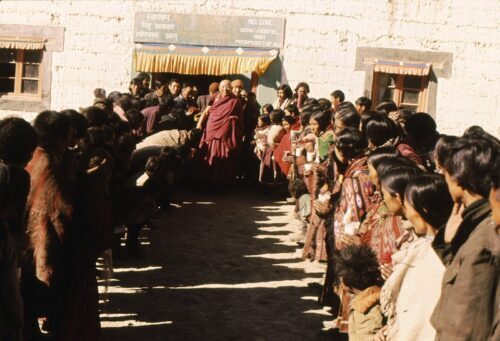
Tsenzhab Serkong Rinpoche: With proper guidance, a good motivation, and intense meditation practice, such states may be harnessed to expand one’s potentials for helping others and oneself to the benefit of all.
Tsenzhab Serkong Rinpoche: Extra-bodily States in Buddhism
The Buddhist literature and oral tradition record many instances of consciousness traveling with a subtle form outside the rough body.
Such phenomena have also been noted in the West and often labeled as “astral body travel.” Although it is difficult to correlate experiences and identify individual cases from one culture to another within the classification scheme of that other culture, nevertheless it may be useful to outline some varieties of this phenomenon as found in the Buddhist traditions of Indian and Tibet.
Illusory Body
Through intensive, deep meditation practice, it is possible to achieve an illusory body (sgyu-lus) (See:What is Meditation?). This is the result of extremely advanced complete stage (rdzogs-rim, completion stage) practice in the highest class of tantra, anuttarayoga. It is with this body that one gains the nonconceptual realization of voidness with a clear light subtlest mind. In this form, it is possible to travel extensively outside the limitations of one’s physical body, working for the benefit of others.
In order to attain an illusory body, it is necessary to have achieved beforehand renunciation of suffering, a bodhichitta aim to achieve Buddhahood in order to be able to help all others achieve the same, and a correct conceptual understanding of voidness. In addition, one must have attained single-pointed absorbed concentration (ting-nge-‘dzin, Skt. samadhi), received the proper tantric empowerments from a fully qualified tantric master, kept all the vows purely, and attained proficiency in the generation stage (bskyed-rim) and the initial complete stage practices of anuttarayoga tantra.
Continue reading »
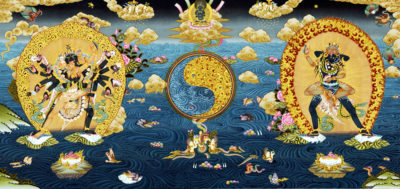 The Yoga of the Triple Purification of the Glorious Chakrasamvara
The Yoga of the Triple Purification of the Glorious Chakrasamvara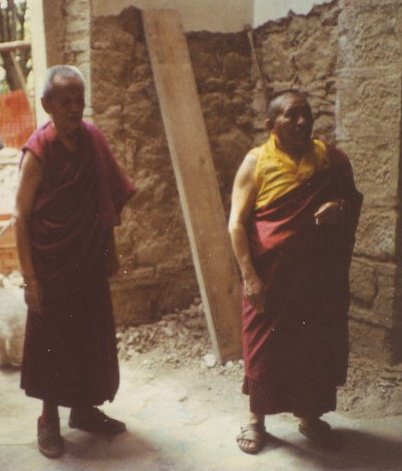

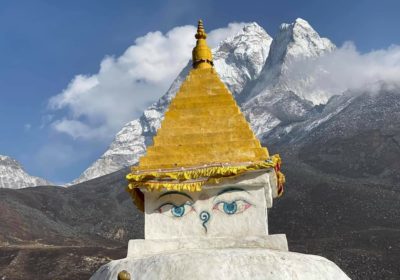 Jamyang Khyentse Chökyi Lodrö: The Bright Lamp of the Heart Essence: A Guru Yoga
Jamyang Khyentse Chökyi Lodrö: The Bright Lamp of the Heart Essence: A Guru Yoga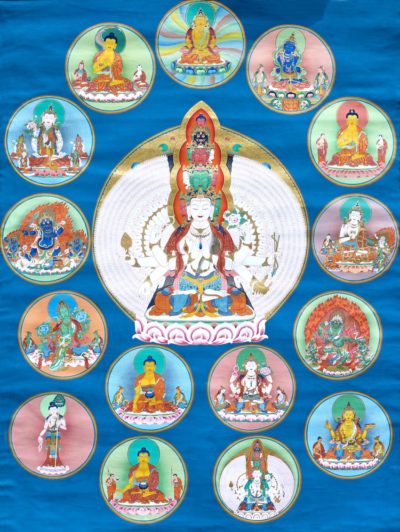 16 Drops of Kadam Initiation
16 Drops of Kadam Initiation